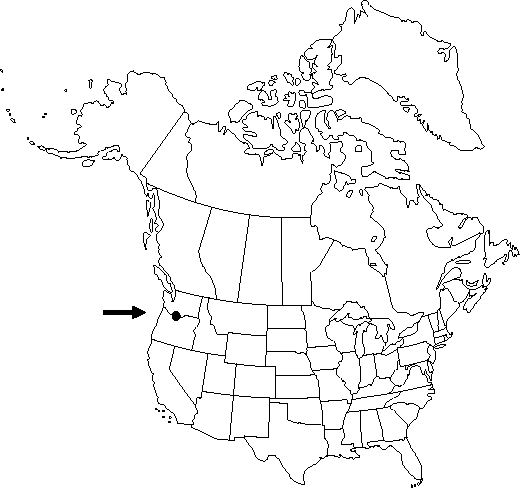Delphinium basalticum
Phytologia 78: 91. 1995.
Stems 20-50(-65) cm; base often reddish, puberulent. Leaves basal and cauline; basal leaves 1-4 at anthesis; cauline leaves 2-5 at anthesis; petiole 0-15 cm. Leaf blade round, 2-6 × 5-9 cm, not succulent, nearly glabrous; ultimate lobes 5-19, width 3-15 mm (basal), 1-12 mm (cauline). Inflorescences (2-)6-16(-26)-flowered; pedicel 2-7 cm, nearly glabrous; bracteoles 4-12 mm from flowers, green, linear, 3-7 mm, nearly glabrous. Flowers: sepals dark blue, nearly glabrous, lateral sepals spreading, 15-21 × 7-10 mm, spur straight to decurved, ascending 30-45° above horizontal, 14-18 mm; lower petal blades slightly elevated, ± exposing stamens, 7-9 mm, cleft 4-5 mm; hairs centered, mostly on inner lobes above base of cleft, yellow to white. Fruits 12-17 mm, 3.5-4 times longer than wide, glabrous. Seeds ± wing-margined; seed coat cells with surfaces smooth.
Phenology: Flowering spring (-early summer).
Habitat: Basaltic cliff faces, n and e slopes at base of cliffs
Elevation: 200-500 m
Discussion
Of conservation concern.
Hybrids between Delphinium basalticum and D. trolliifolium are known.
Selected References
None.
